Don’t Fear A Visit To Myanmar
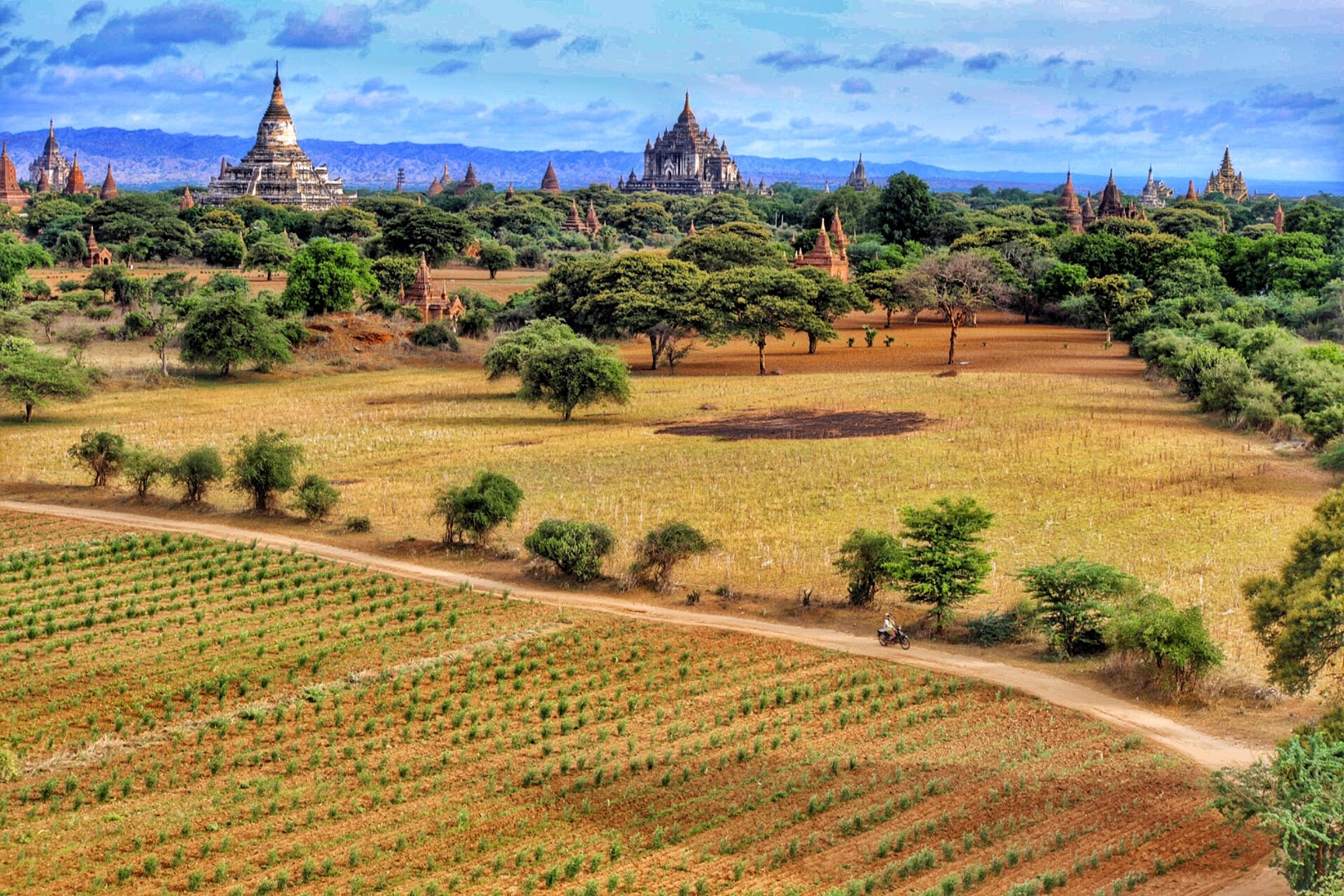
**Sadly, due to recent events, I’m adding this note and suspending the series before completing Part III. In October and November 2016, an increase in violence in the northern regions has led to a number of village burnings and significant loss of life. As a result, I encourage anyone considering a visit to research events and the current status before making any decisions. For the time being, it looks like many of the recent gains made are being eroded.**
Despite hearing glowing stories about visits to Myanmar (formerly called Burma) from friends, it was with some trepidation and a significant sense of adventure that I booked the ticket for my brother and I from Copenhagen to Myanmar’s former capital, Yangon (formerly Rangoon). Most articles about Myanmar right now either focus on the drug trade/Golden Triangle, armed conflict in several of the remote regions, or gush about the importance of, “visiting Myanmar before it’s ruined”.
Frankly, we didn’t know what to expect. Was it going to be dangerous? Was it going to be massively under-developed? Was there any tourist infrastructure at all? Would the visa process be a nightmare? Would we need armed guards to guide us around the country or military minders ala North Korea? Were food poisoning and feces stained walls surrounding filthy squattypotties lurking around every corner?
As usual, it was ignorant pigswill.
Myanmar is spectacular and the sooner you can visit the better. The people are wonderful. The tourist circle; Yangon to Bagan to Mandalay to Inle Lake and back to Yangon could not be safer. The food is decent. The culture is vibrant. The tourist infrastructure is rapidly evolving (perhaps too rapidly). Getting around isn’t difficult. It’s relatively affordable. The historical, natural and cultural beauty is spectacular.
Let’s deep dive into some of the basics:
The Visa
Getting a visa is easier than ever thanks to a recently launched online portal where you can get an eVisa. Click, upload, enter your information, pay. Wait a day and boom. You have a printed eVisa form you show upon arrival in Yangon and you’re in. Simple as that. This means it was easier for me to get my Myanmar visa than it was for me to get my Vietnam visa.
Freedom of Movement
There is still active conflict in certain parts of Myanmar. This means that there are no-go zones. Sounds scary right? Not so fast. Within the tourist areas things are safe, smooth, and the military presence is virtually non-existent outside of a few transport trucks here and there. Yes, Myanmar has a had one hell of a rough run the last 100 years. Yes, you’re prohibited from entering certain areas and it’s frowned upon (and likely illegal) to take a moped and to do your own thing without previous permission. That’s a bummer. But you’re also not going to find yourself under heavy guard or feeling like your safety is at risk. For the latest list of where you can and can’t go visit here (though it looks like it’s out of date and more of the country has opened up recently). Long story short? If you want to see the major sights, none of this will impact you anyhow.
Is it Safe?
A fried recently asked me which I’d suggest for their first trip out of Europe; Asia or South America. I suggested Southeast Asia, citing my recent experiences in Myanmar, Cambodia, Thailand and Vietnam. Why? Because while there are some small risks, overall, the level of safety is high – much higher than I anticipated and much safer than I felt in S. and C. America. That is, anyhow, assuming that you’re not drinking and behaving like a jackass, doing drugs, drowning yourself, or involved in a road accident (SEA’s real danger). David and I repeatedly found ourselves walking around at night in areas I’d have been terrified to be in had I been back in their Phoenix equivalent. In Bagan, my moped ran out of battery after dark in a remote area. The locals passing by? They stopped to help, went out of their way to make phone calls for us, and were all around lovely. The long and the short of it? If you live in a major US or European city, you’re not going to have much to worry about in Asia. Just exercise some common sense.
Food Poisoning & Toilet Miseries
This was my round 2 in Southeast Asia. Another 20 days, with 10 spent in Myanmar. We ate a lot of street food, including at places where it was clearly only locals. I had one morning where my stomach was upset and David came through completely unscathed. And, lest you think we were being extra careful, we even ate street sushi at the night market in Krabi (Thailand)….and a lot of it. While our survival no doubt has to do with digestive systems that have been exposed to a lot, the types of food and general level of food hygiene in the region is good if you follow the basics of street food; eat what the locals are, be careful about water and ice, don’t eat things that seem off, and look at where there’s high turnover. I also have started using an awesome one-two punch that does wonders. My main is a Danish probiotic which I take 2x a day while traveling called Duolac which has .54 billion streptococcus, .54 billion themophilus, .45 billion bifidobacterium lactis, .40 billion lactobacillus acidophilus, 40 billion lactobacilius plantarum and bifidobacterium breve. Then I’ve got a red “oh shit” pill aptly named “Lactocare STOP”. If things get a bit rumbly or I know I’ve eaten something stupid I switch from the 2x per day to one of these. It’s got 5 billion saccharomyces cerevisiae var. boulardil, 4.8 billion lactobacillus acidophilus, 2.4 billion lactobacillus casei, and .8 billion stretpococcus thermophius plus 56mg of magnesium.
I also have a personal theory that part of the reason some people report a lot of food poisoning in Asia is because they’re A) drinking a lot and completely screwing up their stomachs B) ordering western food like hamburgers or chicken nuggets or pizza. Sounds safe? Except only tourists eat that, which means it has to be imported, which means it’s likely not fresh, which means handling is more challenging and which means you’ve probably just ordered the least safe thing on the menu.
But, let’s assume that you get unlucky or your timing just isn’t what you’d hoped. Remember above where I said there’s a pretty well defined tourist route within Myanmar? Just as I’ve written about in previous posts about the region, that means that you’ll also find sitting toilets without much hassle. Sure, you’ll probably need to have your own backup stash of paper to toss in the bin, and some wet wipes are always a good addition, but if you’ve got fears of ankle splatter, or fecal painted walls, odds of encountering issues are minimal. One tip though, remember to check all available stalls. As is common in many squat-centered countries, many restrooms have one for flexible folks and locals, and one for long-legged westerners like myself.
Why Visit Myanmar ASAP?
Myanmar reported 2.45 million tourists in 2015. In 2013? 2.04 million. In 2012? 1.05 million. And back in 2010? Just 791,000. Of those in 2015 about 23% were from Europe and North America (Stats are from here). If you keep in mind that most tourist activity is confined to four or five major areas, that’s a massive increase in demand on a relatively limited infrastructure. The Government and tourism industry is rapidly responding to this increased demand. That’s good in many ways, but also means that inevitably the intimacy and rugged beauty/freedom to explore places like Bagan will diminish over time. It also means that the risk of development that actively harms the local sites increases such as the Government’s highly controversial restoration efforts in Bagan.
This surge in tourism also inevitably brings with it more tourist infrastructure and a rapidly developing tourist-facing economy. That’s already quite visible in areas such as Bagan and Inle Lake, but can only increase, which in turn will rapidly drive up costs and make accessing locals and more local experiences increasingly difficult. As those costs and infrastructure develop you’ll also see the local economy shift. If you keep in mind that Myanmar recently set a $2.80 daily minimum wage (that’s 35 cents an hour) and that many in more rural areas are likely making less than that, this directly translates into a structural shift in the area where large numbers of tourists are present, particular when tourist-facing restaurants start to charge 5-8 Euro for a meal.
What’s special about visiting now? Myanmar is at a very special point where its tourist infrastructure is developed enough to still be affordable and comfortable, but still under developed enough that you’ll find farmers plowing their peanut fields, women hand-planting rice fields, with oxen and small horse drawn taxis being actively used alongside an increasing number of mopeds and cars in the smaller and more rural cities. While the prices we saw in Yangon, Bagan and Inle were quite a bit higher than what I’m sure is common in other less touristic areas, it was still reasonable, especially if you opted for local options.
But, moving forward, will Myanmar “be ruined”? Absolutely not. This is a profoundly wonderful and captivating country that has a wealth of undiscovered (by tourists) things to see and explore which will continue to become accessible as the country opens up more and more. Further, the inherent warmth, hospitality and wonderful personality of the Burmese people isn’t going anywhere. Just don’t expect to have the same level of access and intimate experience if you have to wait a couple of years to visit.
Cheap vs. Expensive?
What did things cost? It’s a bit hard to say because prices range widely. Strangely, Hostels in Myanmar are quite expensive (comparatively). This reflects the growing trend that hostels are now priced in a fairly standard fashion regardless of the local economy. Most were between $10-20 a night for a bed. Keeping in mind that a month’s salary in Myanmar is about $70 and that you can get a hotel room for the same or less (if you split it), that’s pretty bonkers. But, they’ve figured out solo travelers want the social experience and will pay a premium for it, so, it is what it is. Food is similarly all over the place. In New Bagan and parts of Yangon we saw food for between 2,500 and 5,000 kyat/4USD a dish. When we ate in authentic local stands? Our entire meal with drinks, for two, was usually less than 2,000 kyat.
Bus travel which was normally 10-12 hours per leg was around $22 for the first class bus with a $15 dollar alternative available or an overcharged $10 for an 8 hour minibus ride between Bagan and Inle Lake. In Yangon a 45 minute taxi ride from the airport cost us 8,000 kyat and a taxi ride inside the city core was normally 2,000 kyat. In Bagan a day’s electric bike rental cost 6,000 kyat (often discounted to 4,000 kyat+free laundry), while a day’s bicycle rental in Inle Lake was 1,500 kyat and a full day’s discounted boat ride and tour for five was 16,000 kyat + a tip.
But, ontop of it all, there’s also a strong luxury layer. Domestic flights within the country are quite costly (and despite earlier poor safety records have gotten significantly better in the last 2 years after a change in management and the purchase of new aircraft). Most flights start at about $100 and go up from there. Hotels range in price from the mid $30s for a highly rated stay which we opted for, up into the $100s. Pricing for hot air balloon rides over the ruins of Bagan (which only run during winter months and were NOT running when we were there) are already insane at between $300-400 per person.
Cash for Entry Fees
One of the things that caught us off guard repeatedly was that the government is charging cash entry fees for admission to key areas. We ran into these while entering both Bagan and Inle Lake. The prices for admission has increased rapidly YOY, so don’t expect pricing from a year or two to still apply. As memory serves we paid $12 USD per person for admission to Inle Lake and $22 or so for admission into Bagan. Some will take Euros, some will take USD, and both take Kyat. ATM’s are not readily available and bus vendors will not warn you before hand to make sure you have the cash available.
New Bagan vs. Old Bagan vs. Nyaung U
One of the big questions we had was what the hell the difference was and where to stay. The answer is simple. Stay in New Began. There are ample places to eat (touristy and local) and your access to the temples and Bagan is fantastic. You’re a 5-10 minute ebike ride away from the big temples and have ready access to the quieter areas of Bagan which is just a massive series of temples and pagodas spread across a flat plain roughly the size of a small city and criss-crossed by various sized dirt roads/tracts as well as a criss-cross of peanut fields. While people point to being able to walk to some of the larger and scaleable temples as motivation to be in Old Bagan, those were some of the least compelling parts of Bagan. Get away from the people and paved roads and take your bikes back into the heart of Bagan for a rich experience. All of which is best done from New Began.
How is Yangon?
One of the first things that shocked me about Yangon was that it was clean and more modern than anticipated. Of course, “clean” is relative in a climate like Myanmar’s where you have heavy humidity, year round warmth, and moss, mold and plants that will grow on just about anything. This means that keeping things painted and/or looking “new” is a big challenge. That said the streets were largely clean, the city itself was rarely smelly, and the mixture of old colonial structures, modern architecture, and mixed building projects combined with large walled compounds was quite interesting.
One thing you’ll also notice right away is that Yangon is a car city. It took a little digging, but it turns out that mopeds/motorbikes have been banned from the city. This gives it a radically different feel from places like Bangkok and Ho Chi Minh where the noise, pollution, and chaos of bike traffic is pervasive.
As mentioned earlier the city also feels extremely safe and vibrant. It lacks a long list of things to do, but has ample to keep you occupied for at least a couple of days.
Visiting in July and August
We almost booked a trip to another continent out of fear of Malaria, Dengue and rain. Our 10 days in Myanmar (we extended as we liked it so much) included one day of heavy rain for a couple of hours. Mosquitoes were present but scarce and the risk of Malaria and Dengue was minimal. This was, in part, because we were lucky. However, Bagan itself is a dry area and despite the river running high, the landscape in the valley is far from the dense jungle or marshland we expected. In doing a bit of retro-research rainfall in July and August tends to be lower than expected – on average about 7 days with rainfall and 18mm (.7 inches) of rain. Yangon and Inle Lake do tend to have more rain, more water, and a higher risk of mosquitoes but it was entirely manageable. It was hot, but not unbearable, and overall the reduced number of tourists was fantastic. So, would I go for it again in July and early August? You bet.
Stay Tuned
Have a question I didn’t cover? Kick it into a comment and I’ll be happy to answer what I can. Also, now that this chunk of the trip is covered, stay tuned for future posts about photography in Myanmar and more specific reflections about my interactions with the Burmese, their, history, their culture, and a closer look at Bagan and Inle Lake. Photos in this post are edits created for instagram. I’m currently hard at work sorting through more than 2,500 photos from the trip which will be available on flickr soon!
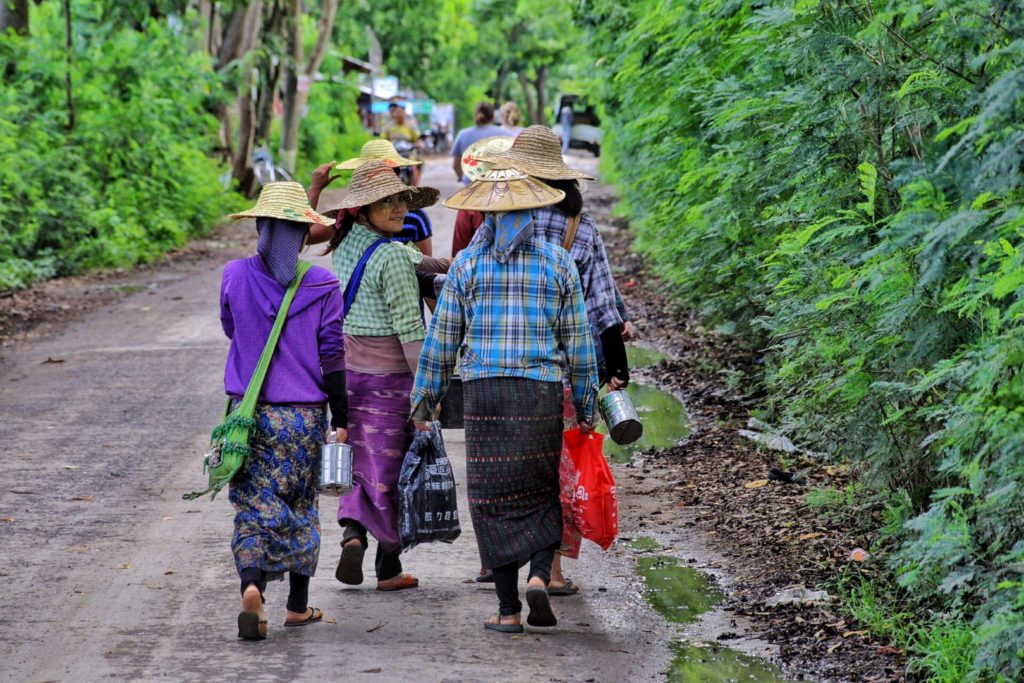
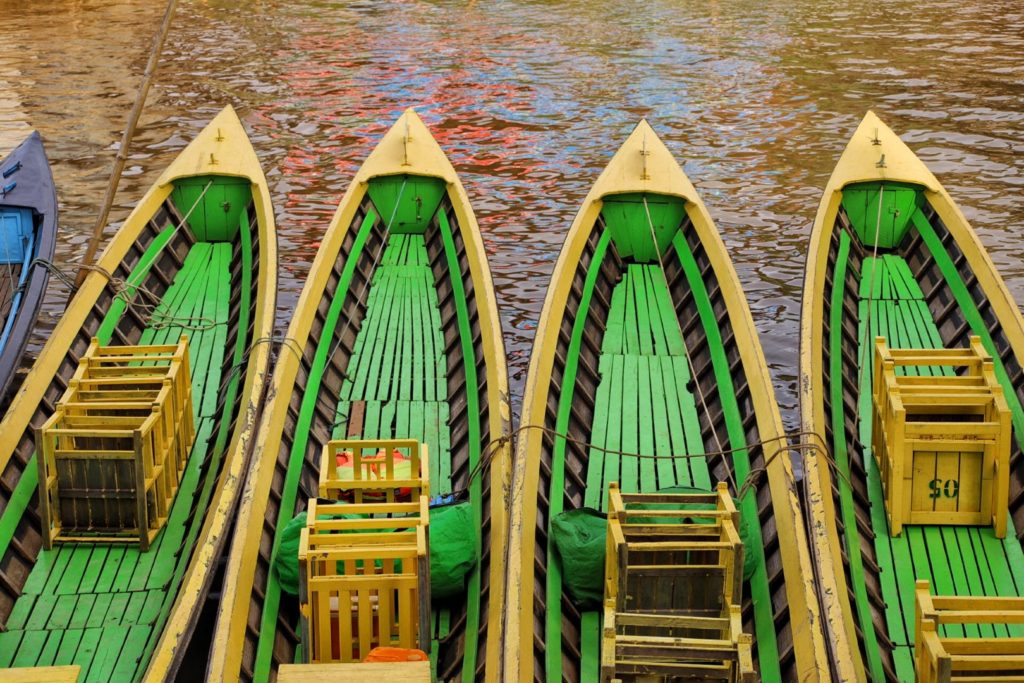
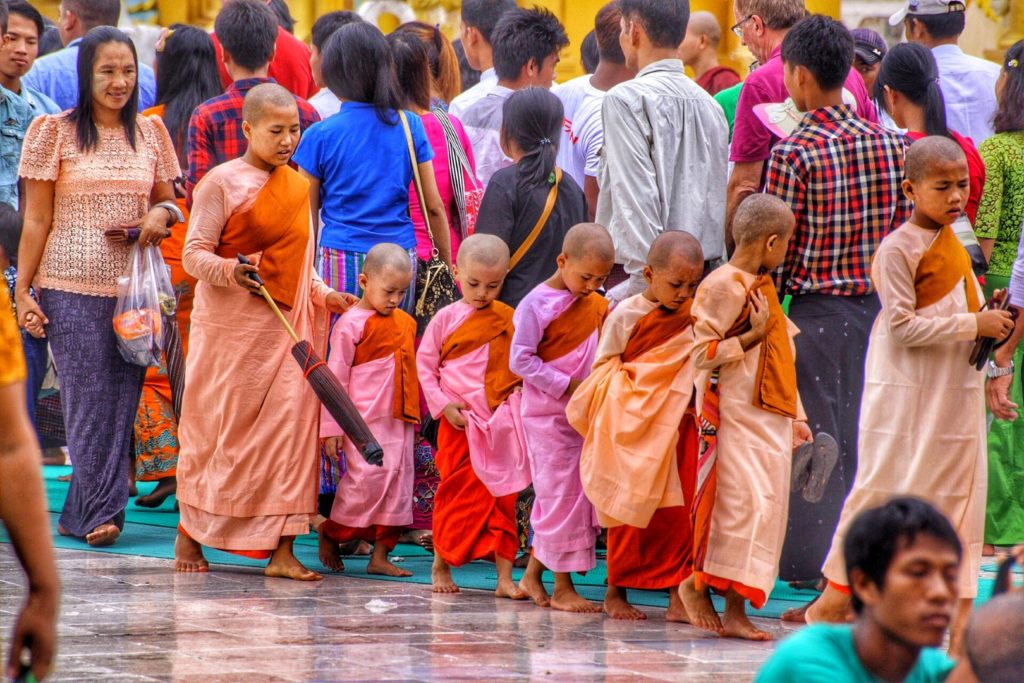
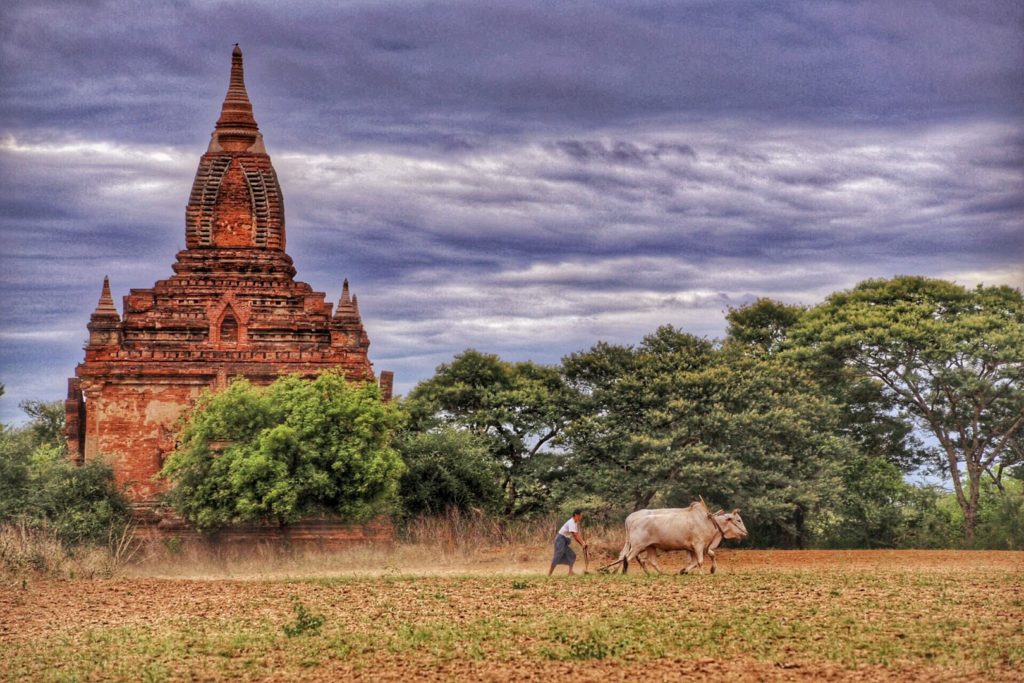
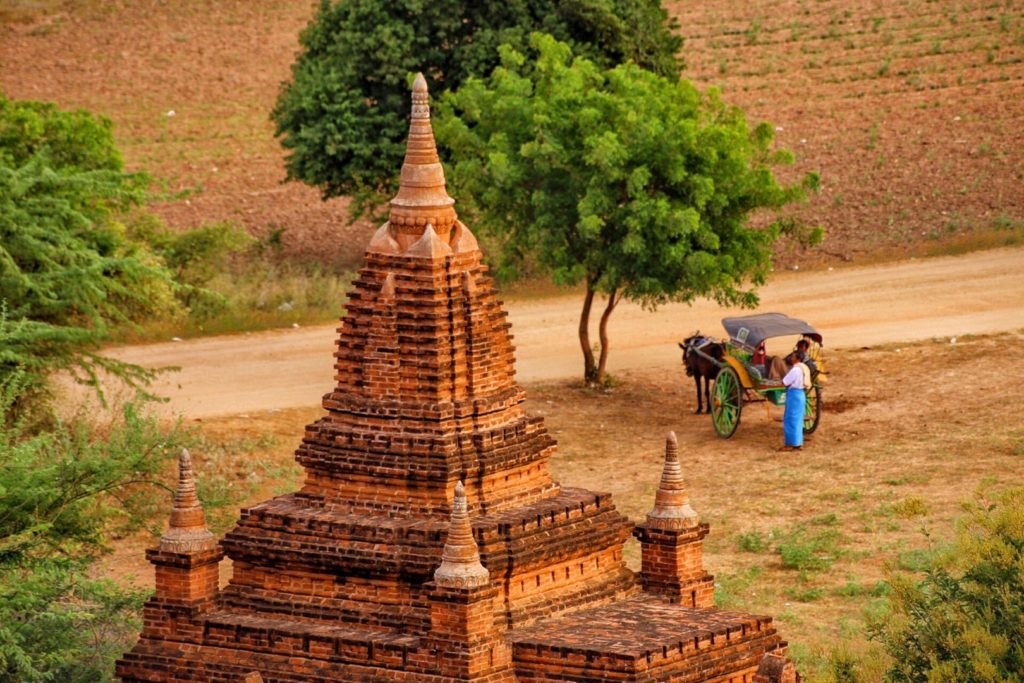
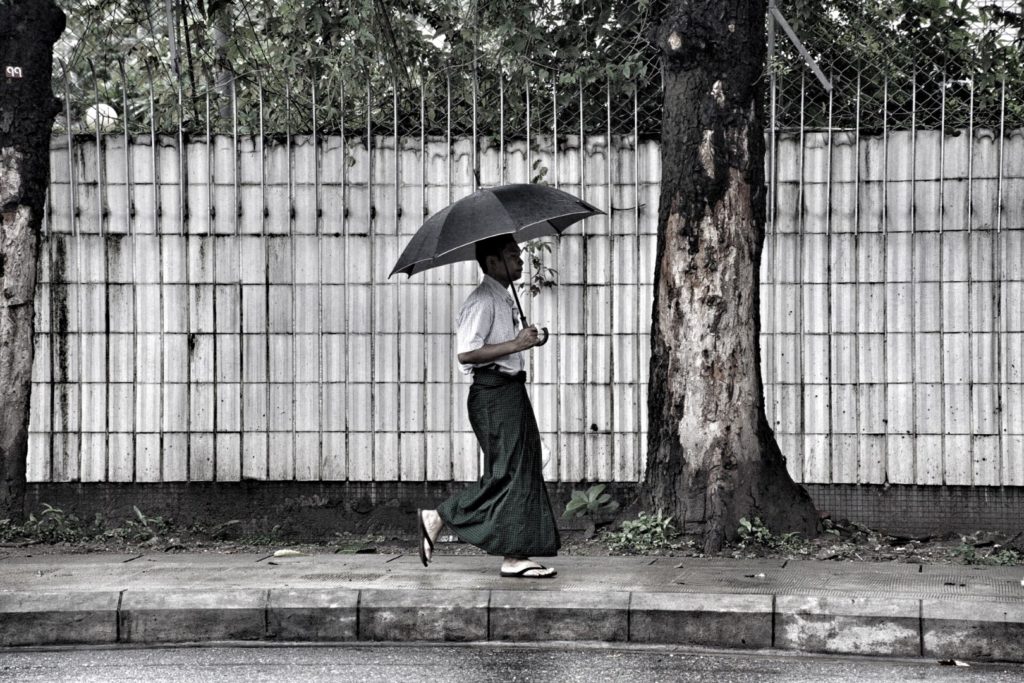
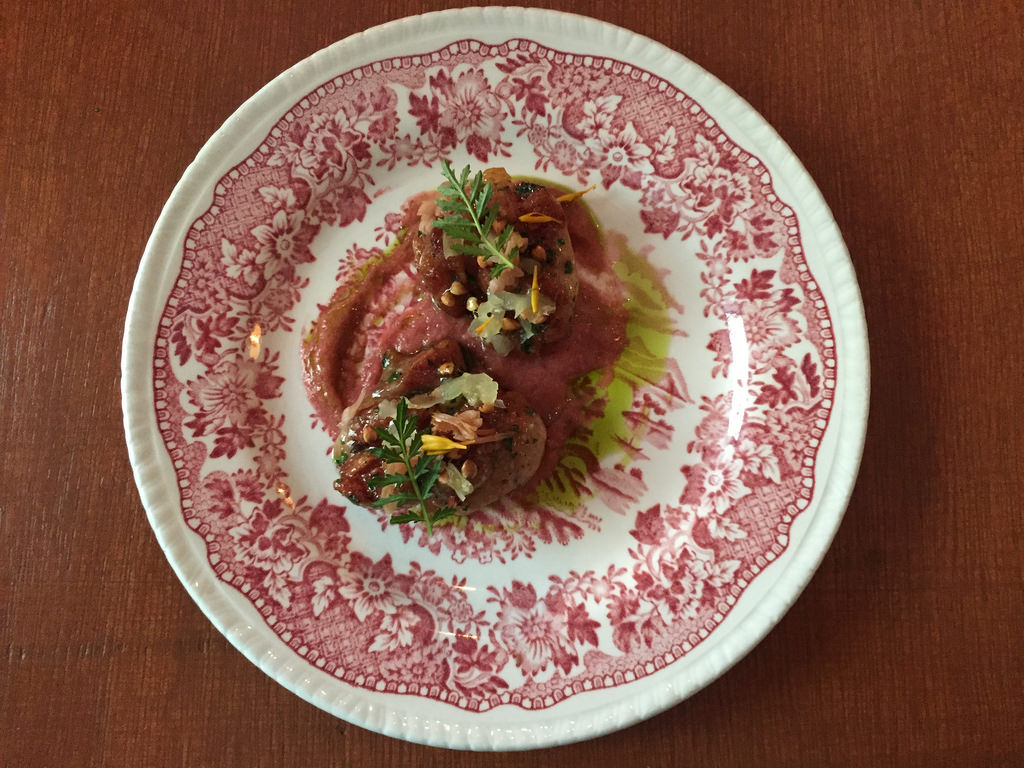
Hi Alex.
Great detailed post. I’d expect no less from you!
Cheers,
Michael
Thanks Michael! It’s brutal seeing the damage from the earthquake…talk about timing =( but I think I’d definitely still go back even within a few months if there was an opp or I’d already had a trip planned. So much to see there and even with some of the big ones damaged…so much is still left in the valley.